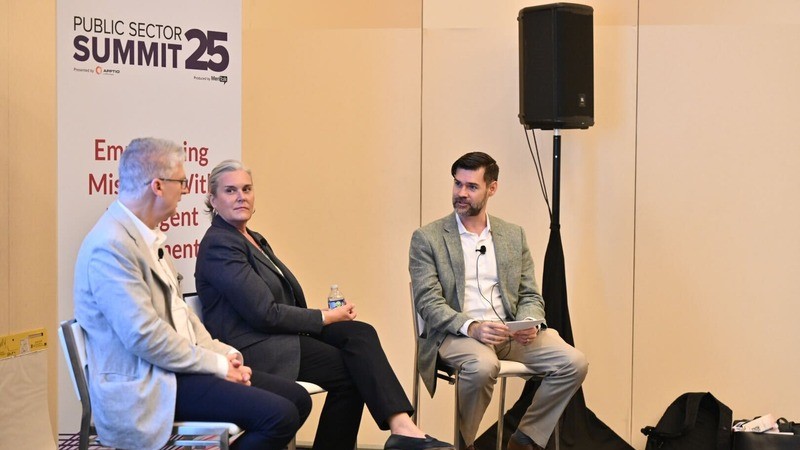
As Federal agencies experiment with cloud financial management – also known as FinOps – experts at Apptio’s 2025 Public Sector Summit on April 22 advised them to start small and lay a scalable foundation.
FinOps helps organizations manage and optimize their cloud spending. The framework and cultural practice brings together IT, finance, and business teams to continuously fine-tune cloud deployments to align with mission objectives.
Kathy Jenkins, the cloud financial operations and governance director at Amtrak, said that when her organization began its FinOps journey, it didn’t have a framework or cloud maturity models to work from.
“We started with tagging. If you don’t have a good tagging policy, then you’re not going to be successful,” Jenkins said.
She described how her small team established standards early on, which she said was “key” to Amtrak’s FinOps success.
“I think that’s why we have been so successful – 98 to 99 percent of all of our assets in the cloud are tagged,” Jenkins said. “We have that discipline, and that discipline has been built as we’ve grown and as we moved into DevOps practices and things of that nature.”
“All of that was set out at the very beginning. And so, there was just no question about it. I think while we were a very small and mighty team, I think that’s why we were able to lay that foundation, and that was core to our success today,” she added.
Bill Kasenchar, a principal and subject matter expert in TBM and FinOps at REI Systems, helps Federal agencies such as the General Services Administration with their FinOps programs.
“We go in for a couple months and do a baseline, figure out what they’re doing right, what they can be doing better, and then help them put the processes in place to continue that,” Kasenchar said.
Kasenchar noted that most of the organizations he works with are already short on staff, so they appreciate having “a separate set of hands” to help walk them through the FinOps process.
For instance, he said a common pitfall he often sees at Federal agencies is that they may have a great tagging policy, but poor tagging execution.
Kasenchar explained fixing that means improving the process itself to make sure tagging happens at the right stage, and that it’s enforced consistently. As Jenkins pointed out, laying a solid tagging foundation is critical to success.
The savings from establishing the right processes can be significant. “In many organizations, we were able to save 20 to 25 percent off of their current billing in the first fiscal year,” Kasenchar said, adding that there is a lot of “low-hanging fruit” agencies can address.
Joshua Bauman, chief of staff for the chief product officer and head of cloud operations at Apptio, moderated the conversation and left the audience with a “takeaway,” which is “to not feel that you’re behind” or alone in your FinOps challenges.
“It’s us as a community learning how we solve those problems together,” Bauman said. “You’re not alone in those internal challenges within your organization, we face them in our organizations as well.”
